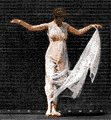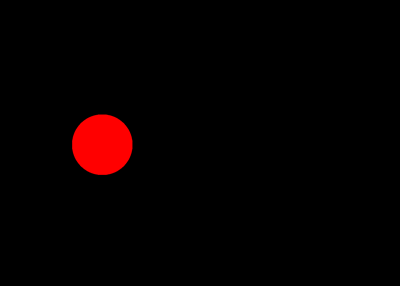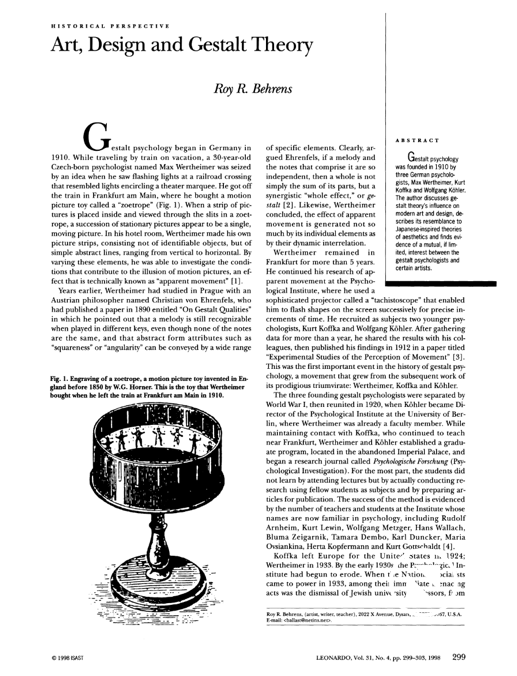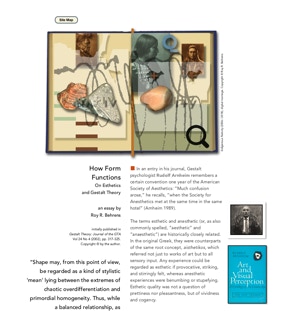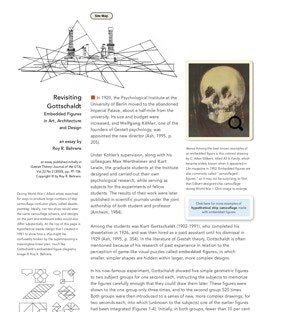Click on image to enlarge
Gestalt Terms
Figure-Ground
Similarity Grouping
Proximity Grouping
Continuity
Closure
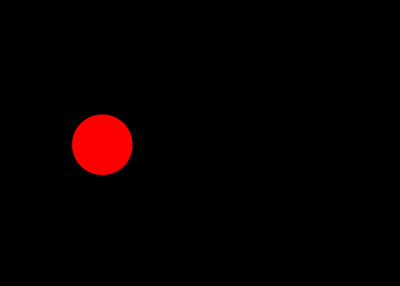
Gestalt psychology was a school of holistic psychology that began in Germany about 1910. At its outset, it was chiefly concerned with perception. Its originators (Max Wertheimer, Wolfgang Köhler and Kurt Koffka) investigated figure-ground relationships, studied problem-solving processes, and stressed the contextual nature of forms (the whole is more than the sum of its parts). Of particular consequence in design, architecture and camouflage, they identified built-in predispositions (called principles of perceptual organization) that influence the widest range of human activity.
The word Gestalt [pronounced gesh_TALT] is not usually translated, but it is typically used to imply an overall plan or a layout, an underlying structural scheme. It has much in common with the idea of looking at “the big picture,” or of seeing the forest instead of the trees. It accounts for the practice by artists of squinting to view their work or viewing it from a distance, in order to see the pattern of relationships, instead of particular details. It is “abstract seeing” to great extent.
